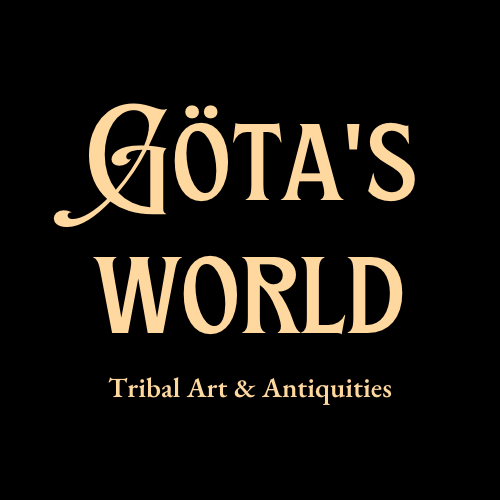Egyptian Painted Wood Sarcophagus Panel with Anubis and Wepwawet
Egyptian Painted Wood Sarcophagus Panel with Anubis and Wepwawet
Couldn't load pickup availability
Third Intermediate Period, 21st dynasty, c. 1070-945BC or Ptolemaic Period, 332–30 BC, Saqqara, Egypt.
Absolutely fantastic panel from a cypress wood sarcophagus with a gessoed and painted surface. It was made around 1070-945 BC, the 21st Dynasty in Ancient Egypt. The inner coffin held the mummified body of the deceased. It would be placed, if the person in it had enough money and status, in several larger decorated coffins, and finally a large stone sarcophagus for protection.
Sarcophagus forms and decoration changed greatly during the almost 3,000 years of pharaonic period, but their purpose remained the same throughout. Nevertheless of their form, sarcophagi had a practical function, serving as a container for the body of the deceased, and they offered a layer of protection for the body from accidental or intentional damage. Sarcophagi could also provide spiritual or magical protection as well. Decoration of the interior and exterior could include imagery and hieroglyphs designed to assist the deceased on the passage to the afterlife.
Mesmerizing wooden panel was originally part of the foot section of a coffin, with a four wooden nails in the corners. The panel is covered in white gesso, and painted atop the gesso is a meticulously detailed scene in vibrant hues of yellow, red, black and green. Different colours had different meanings in Ancient Egypt. Green, for example, which can be seen on the coffin panel, was associated with freshness, new crops, and rebirth. The decoration shows a two gods in jackal forms atop on a pylons. In Egyptian art, two jackals displayed together normally represent Anubis and Wepwawet. The images of Anubis and Wepwawet refer to their joint task in helping the journey of the deceased from death to afterlife. Wepwawet was an Egyptian jackal god whose name means “Opener of the Ways.” As such, he helped the deceased through the frequently dangerous paths to the afterlife, clearing the way to the final judgment of the dead. Anubis, also called Anpu, was ancient Egyptian god of funerary practices and care of the dead, represented by a jackal or the figure of a man with the head of a jackal. Wepwawet often appears also as a standing jackal or standing jackal-headed god; when he and Anubis are paired in funerary art, the two gods are typically shown as identical seated jackals facing each other. Size of the panel approx. 39,5cm x 17,0cm x 2,8cm.
Provenance: From a Danish private collection. According to information acquired on a trip to Egypt in the 1960's.
For a similar examples see:
Kelsey Museum of Archaeology, Accession Number: KM 88725 (https://exhibitions.kelsey.lsa.umich.edu/jackal-gods-ancient-egypt/wepwawet.php)
Brooklyn Museum, Accession Number: 37.2045 (https://www.brooklynmuseum.org/opencollection/objects/217344)
References and further reading:
Kelsey Museum of Archaeology, University of Michigan, Death Dogs - The Jackal Gods Of Ancient Egypt. (https://exhibitions.kelsey.lsa.umich.edu/jackal-gods-ancient-egypt/meet.php)
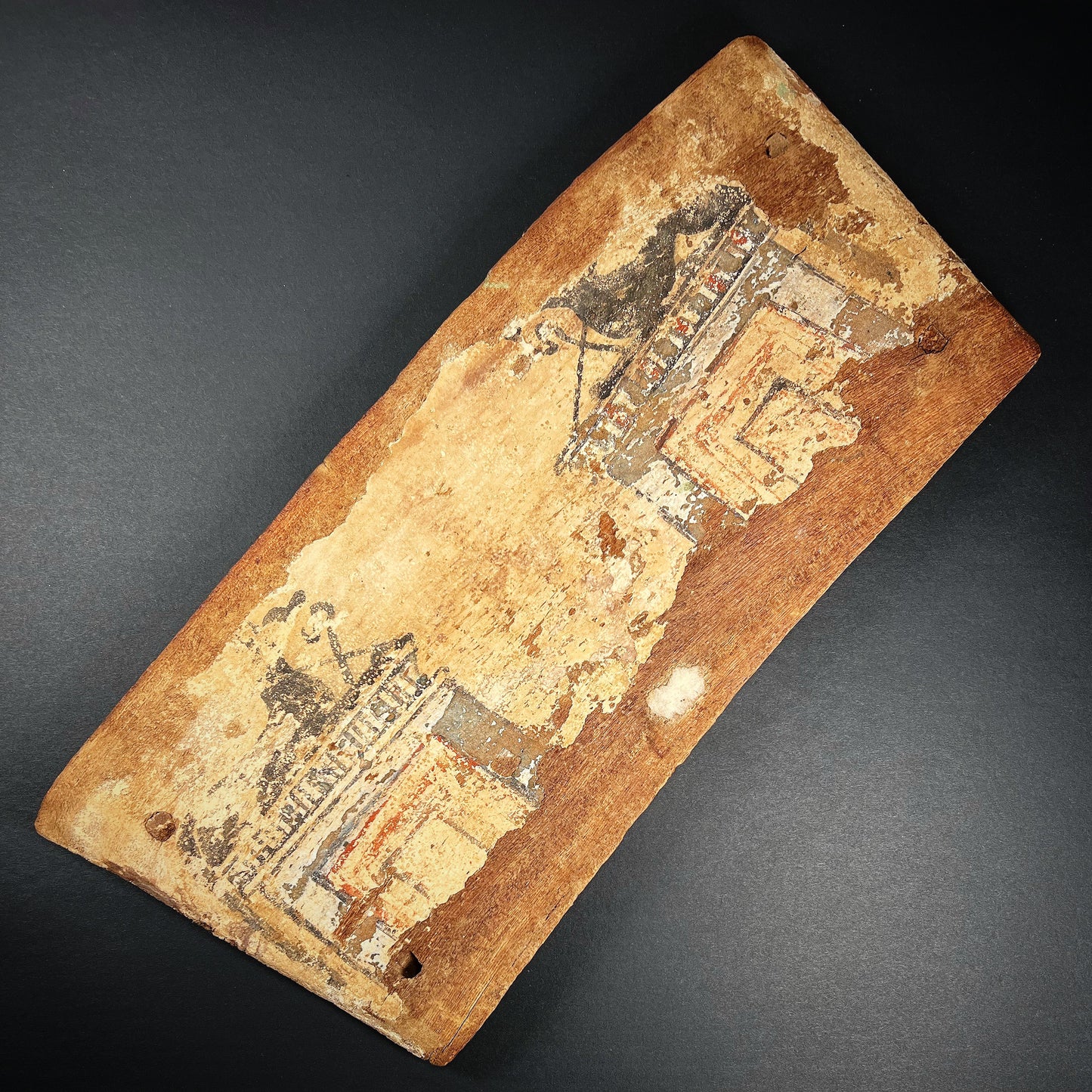
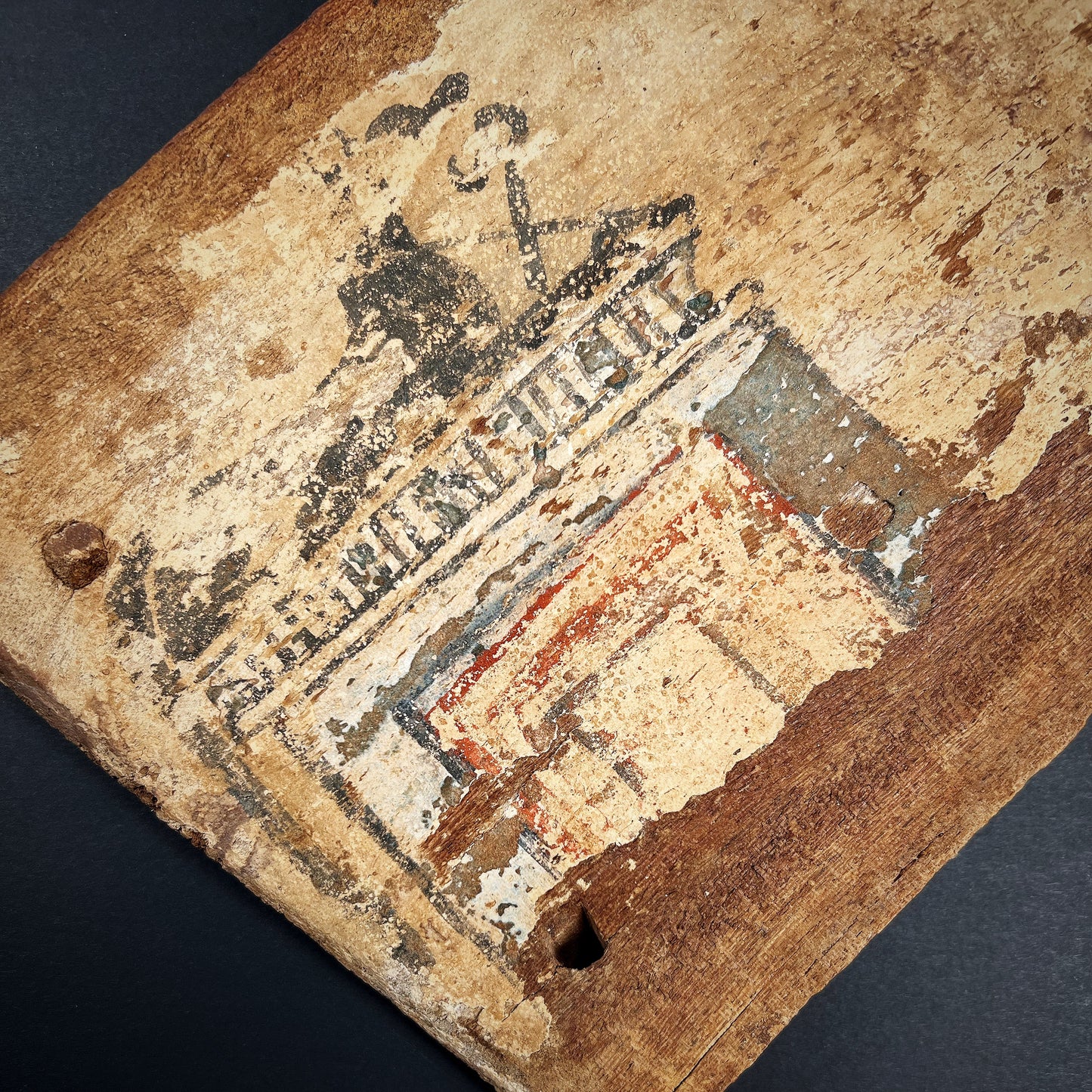
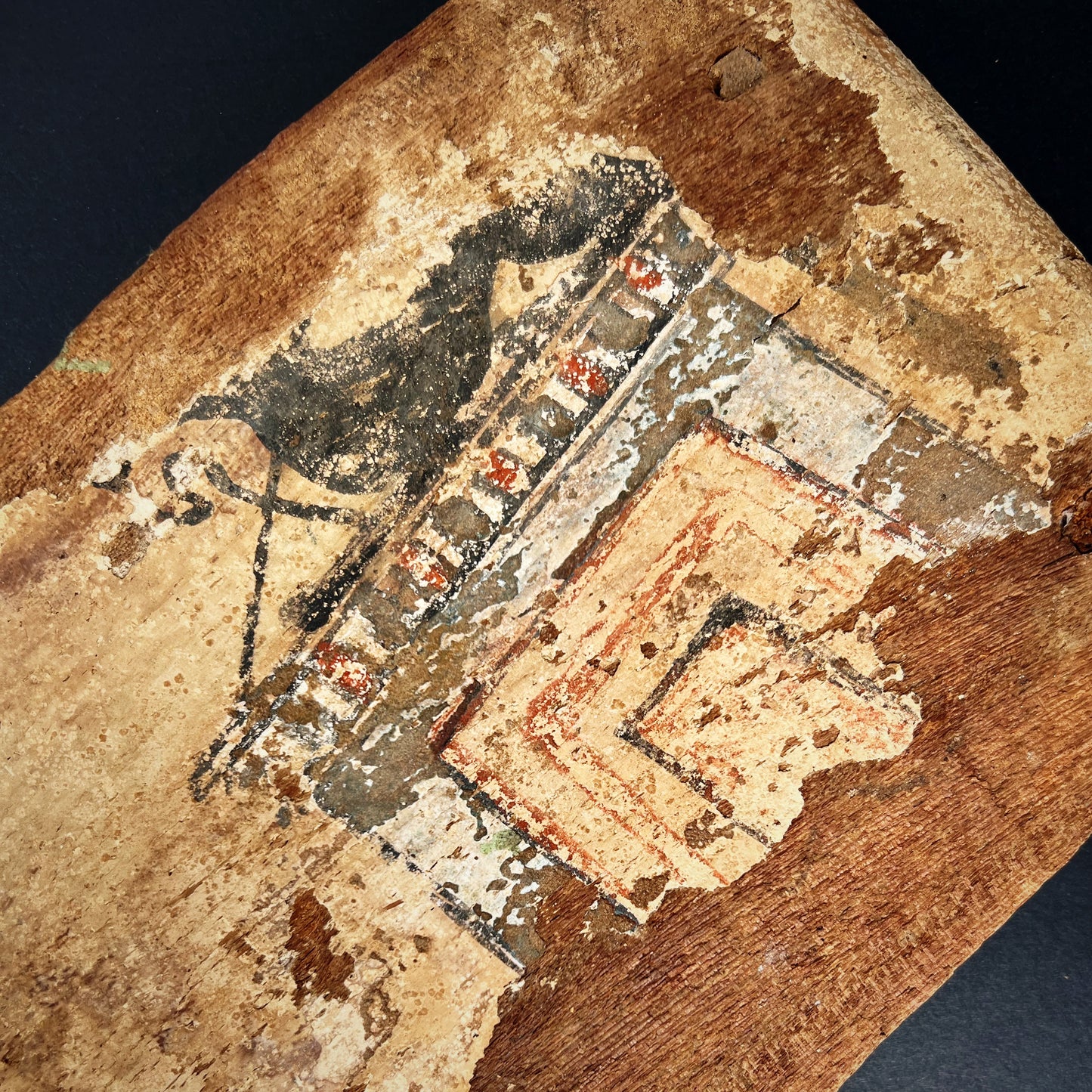
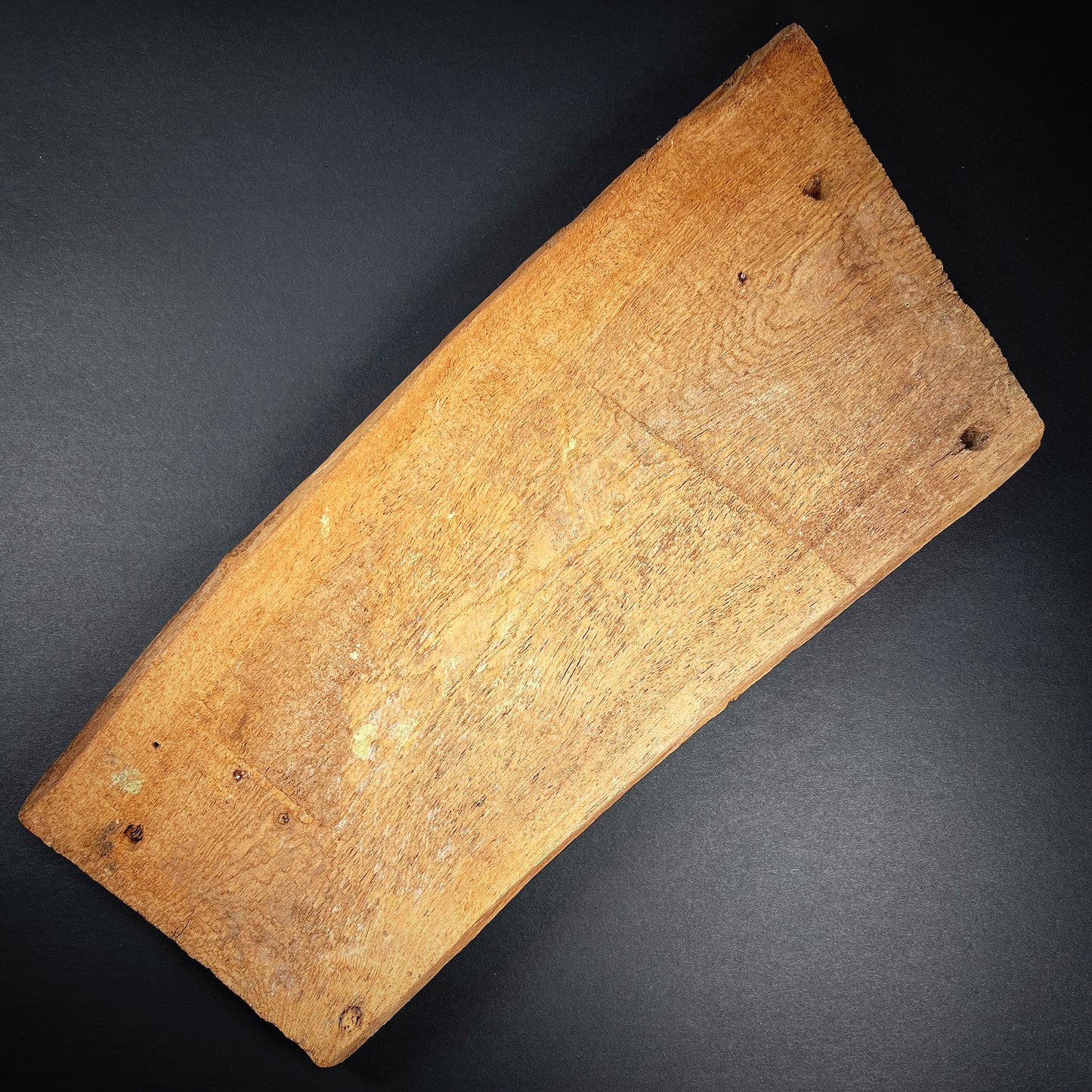
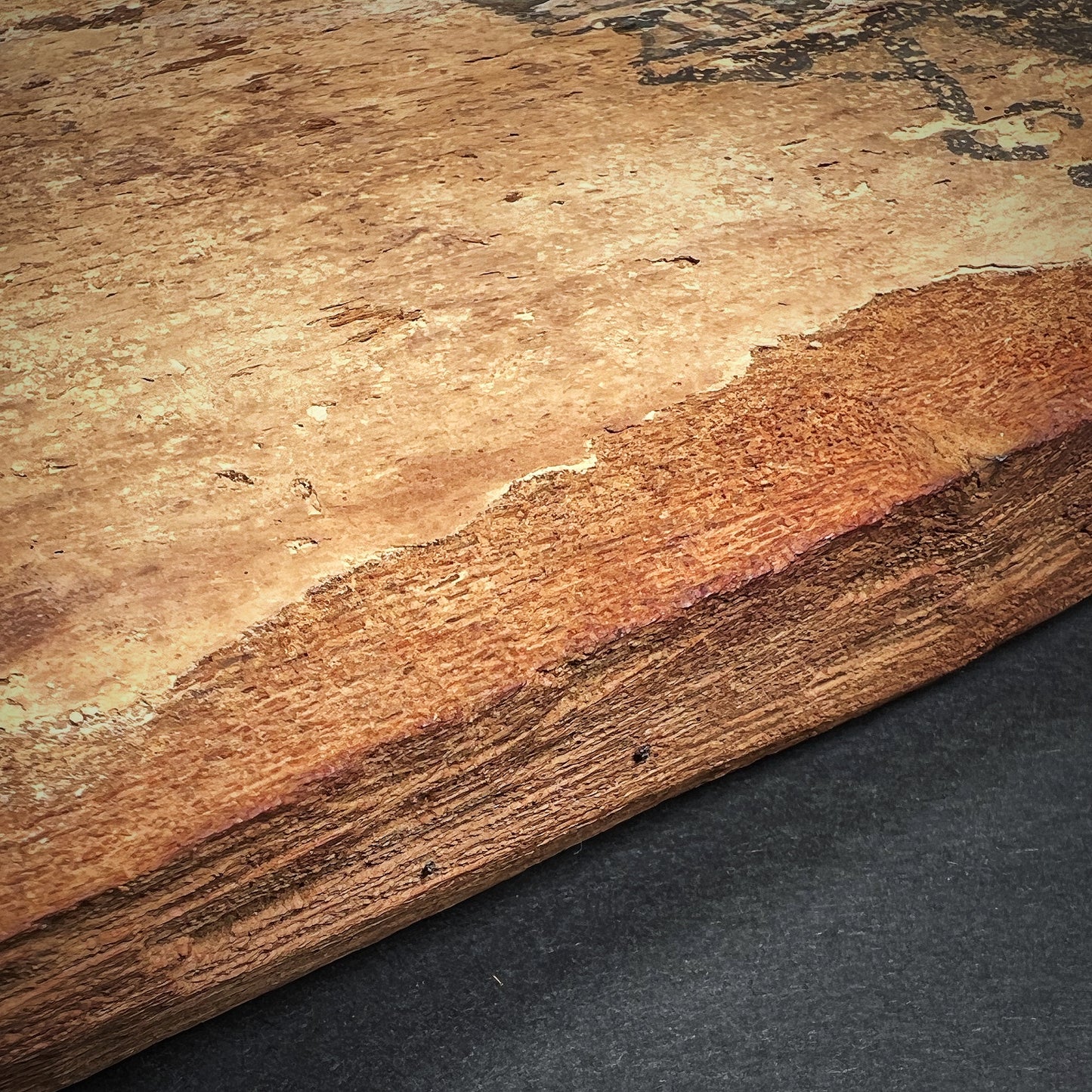
-
Shipping
The shipment will be prepared in the course of 3-5 days and dispatched via Posti Group Oyj or purchased item(s) can be picked up from our shop during the store's opening hours (Tarkk’ampujankatu 4, 00140, Helsinki, Finland). Within the Finland, all items are shipped via Posti Group Oyj unless otherwise requested. We pack the items carefully and mainly in recycled materials because we want to save nature. You will receive the tracking number for your items by e-mail.
-
Returns
Returns and exchange will be accepted within fourteen days (14) of receipt at the purchaser’s cost to include freight and packaging. Items must be returned in the same condition as when they were shipped, and will not be accepted if damaged or altered in any way. Please inform us via email (info@gotanmaailma.fi) or by calling +358408408352 before sending. We do not accept returns more than 14 days after delivery.
